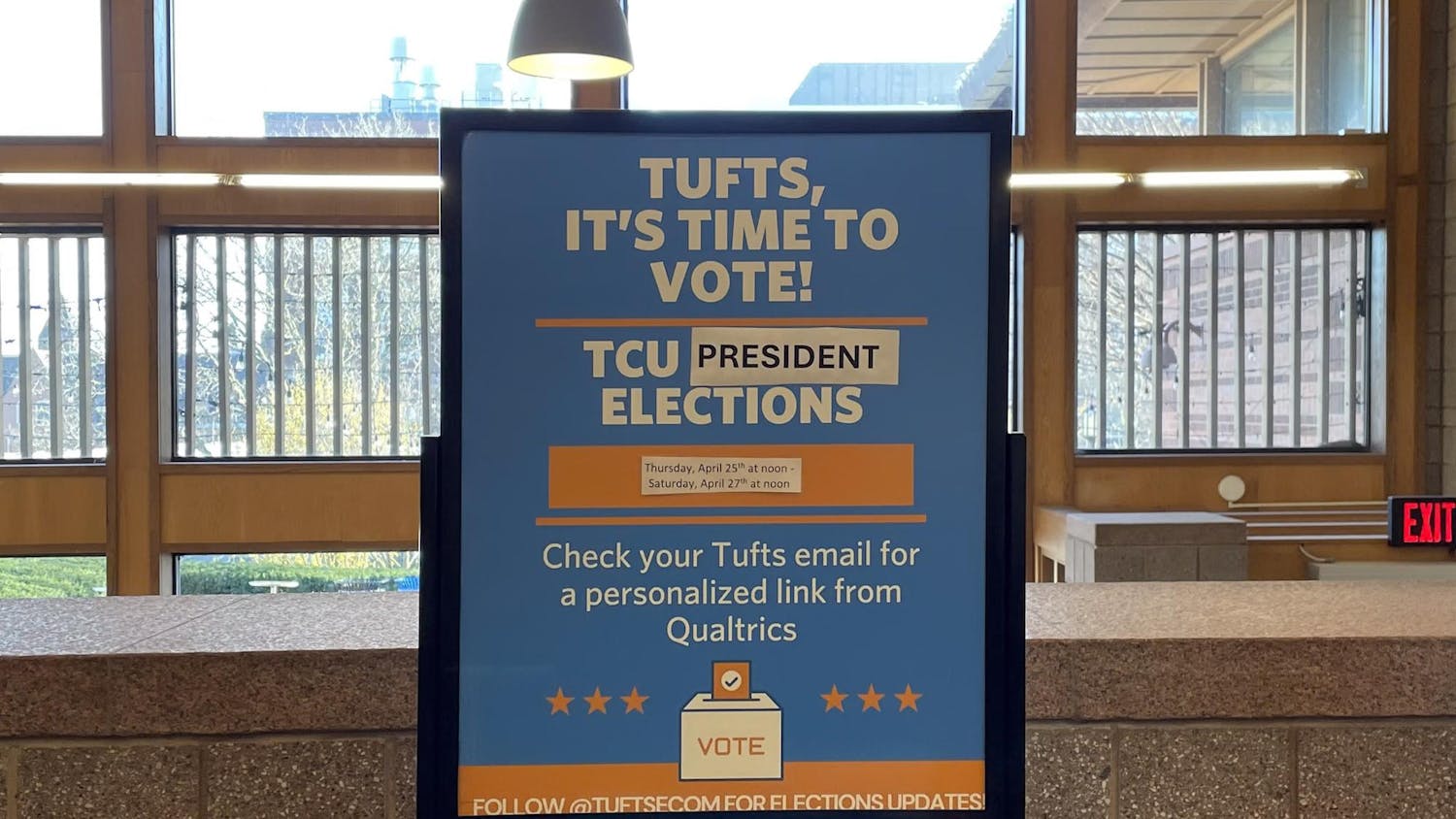Researchers at the Metric Geometry and Gerrymandering Group (MGGG), who usually focus on redistricting, have developed a new model in recent weeks to alleviate the burden on hospitals as they fight against the coronavirus pandemic.
The model, whichconnects hospitals with residential spaces at local universities that have offered to house COVID-19 patients and health care workers, was announced in a community-wide email from Executive Vice President Mike Howard on April 10.
The announcement follows Tufts'commitment earlier this month to house up to 1,600 first responders, medical personnel and patients in the battle against COVID-19. The MGGG’s models show a potential flow of people to Tufts from three nearby hospitals: Melrose-Wakefield Hospital, Winchester Hospital and HealthSouth New England Rehabilitation Hospital.
Moon Duchin, associate professor of mathematics and founder of the MGGG, explained how these models were developed.
“President Monaco reached out to me and asked me if our Redistricting Lab had the expertise to put together a matching model very quickly,” Duchinwrote in an email to the Daily. “And it turns out we've got the right combination of expertise: math modeling, geospatial data, and web development.”
The models the MGGG developed took into account 98 hospitals and 66 colleges throughout Massachusetts, Duchin said.
Patrick Collins, Tufts' executive director of media relations, praised the utility of these models and how they may be used going forward.
“The model is valuable in the fight against the spread of COVID-19 because it helps planners visualize connections between hospitals and colleges," Collins wrote in an email to the Daily. "As the situation continues to unfold over the spring and summer, we can use the matching to decide how to potentially extend our network to other hospitals."
He explained that the technology could be expanded to other universities.Tufts has been promoting it to other universities by webinar and other means to assist them in effectively responding to the COVID-19 outbreak.
Barbara Stein, vice president for operations, explained that Tufts will heed the guidance of healthcare providers in determining timing and use of its available beds.
“We are awaiting the arrival of patients, which we expect could happen any day," Stein wrote in an email to the Daily.
Full occupancy of all 1,600 beds is unlikely due to isolation protocols and other factors, according to Stein.
Stein clarified that other responsibilities involved in accommodating personnel and patients would be shared by partnering organizations.
“We also have had many discussions with our partners to iron out details over responsibilities, logistics, and protocols,” Stein said. “For example, the healthcare providers will provide all care and support, including medical care, food delivery, waste removal, security, cleaning, and other needs.”
In addition to the model for the universities and hospitals in Massachusetts, the MGGG has developed “beta” models for New York and Michigan.
Duchin explained that the MGGG received additional funding which will support the expansion of its modeling project over the summer.
“We want to expand to all 50 states and to move to a dynamic model that can keep up with events as they unfold,” Duchin said.
The topics motivating these models are the focus of Duchin’s course in the math department, Mathematical Modeling and Computation.
“We want to solve a relatively simple optimal transport problem: we imagine a flow of people from hospitals to colleges and we want to minimize the travel time while respecting the limits on total capacity,” Duchin said.
She added that a key contributor in the development of this model was Parker Rule, a first-year student of hers who took the course.
Duchin also emphasized the importance of input from senior leadership at Tufts — namely Stein, who helped determine Tufts’ potential bed capacity — and at partner organizations, which included Michael Apkon, the chief executive officer of Tufts Medical Center, and Assaad Sayah, the chief executive officer at Cambridge Health Alliance.
Stein emphasized the importance of collaboration between many groups and institutions to adequately address the coronavirus pandemic and mitigate its impact on the community.
Among these collaborators are Duchin and the MGGG, whom Collins praised as an important part of efforts to respond to the coronavirus.
“It’s another example of how ProfessorDuchin’s work is making a positive impact on public life,” Collins said.





